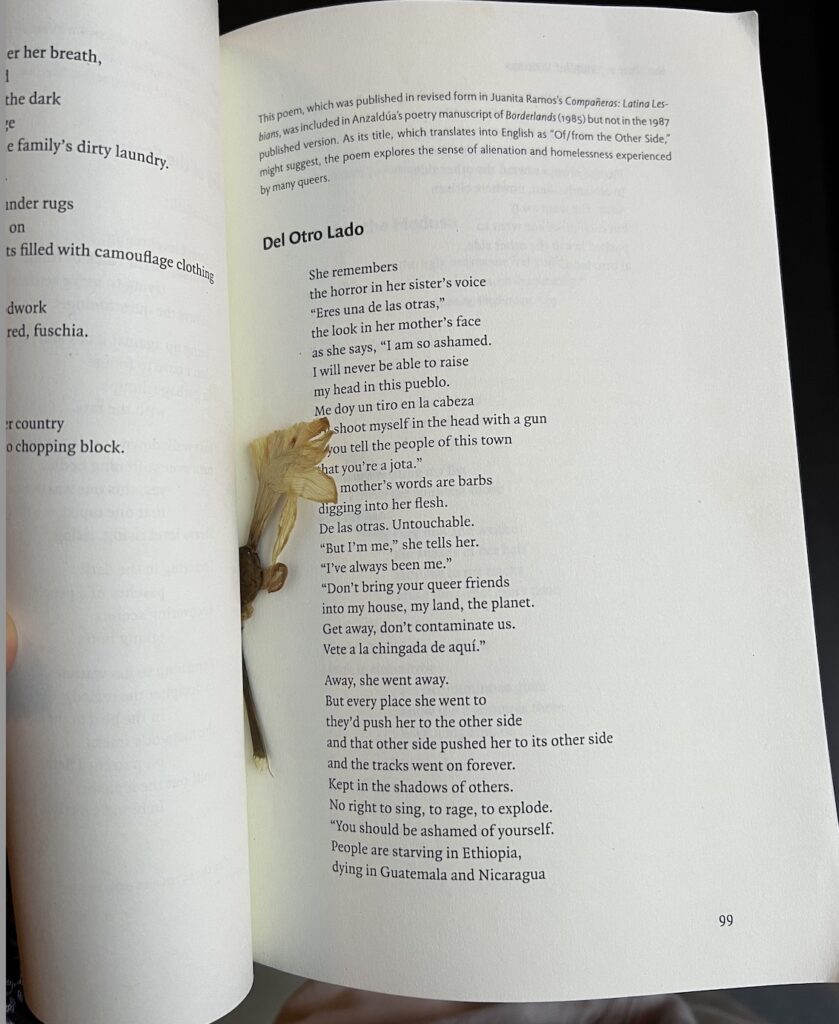Adrianna
I decided to try out ChatGTP. This is my first time using it and it was interesting to see the disclaimer in the beginning saying that the conversations will be monitored and that would appreciate if I provided feedback about my experience. I wondered whether this was a good thing or if it’s more like the fake restrictions that were exposed in the Dall-E Reddit page.
Below are the three questions I asked (based on the 2 readings about AI). I was fairly impressed with the quality and depth of answers I received. But I’m not entirely satisfied with the first answer. In specific I din’t like the air of uncertainty in the last sentence “the long-term effects of AI on the workforce are difficult to predict”. I don’t know how AI could be good for labor in the long term if it’s devaluing human labor in the short term. This being said, I did like the answer to my second question. For the sake of time/space I will simply say that I see both good and bad in the third answer. I’m happy to discuss and elaborate more during class.
…
Q: Is the emergence of AI devaluing human labor?
A:The emergence of AI is certainly changing the nature of work and the skills that are required in the workforce. AI is increasingly being used to automate routine and repetitive tasks, which can lead to a reduction in the need for some types of human labor. This can potentially devalue the labor of those who perform these tasks.
However, it’s important to note that AI is also creating new opportunities for human labor. As AI takes on more routine tasks, humans are freed up to focus on tasks that require creativity, critical thinking, and interpersonal skills, which are difficult for AI to replicate. In addition, AI is creating new industries and jobs that were previously unimaginable.
Ultimately, the impact of AI on human labor will depend on how it is implemented and the policies that are put in place to ensure that the benefits of AI are shared fairly. While some workers may see their labor devalued in the short term, the long-term effects of AI on the workforce are difficult to predict, and it’s possible that AI could create more opportunities for human labor than it displaces.
……
Q: What important cultural or historical aspects from our past are being overlooked by AI?
A: AI is a powerful tool for analyzing large amounts of data and identifying patterns that may not be immediately apparent to human observers. However, AI may also overlook important cultural or historical aspects from our past, particularly those that are not well represented in the data sets that are used to train AI algorithms.
One example of this is the representation of marginalized or underrepresented groups in AI data sets. If the data sets used to train AI algorithms are biased or incomplete, then the resulting AI systems may perpetuate these biases and overlook important cultural or historical aspects from the perspectives of these groups.
Another example is the complexity of human experience and emotion. While AI is becoming increasingly sophisticated at recognizing and interpreting facial expressions, body language, and other nonverbal cues, it may still struggle to understand the subtleties and nuances of human communication and emotion. This can lead to AI overlooking important cultural or historical aspects related to interpersonal communication, emotional expression, and social dynamics.
To overcome these limitations, it is important for AI developers to prioritize diversity and inclusion in their data sets, and to work closely with experts from a variety of fields to ensure that AI systems are sensitive to the complex cultural and historical contexts in which they operate.
….
Q: Is AI a tool for control and marginalization?
A: AI has the potential to be a tool for control and marginalization, but it is not inherently so. The way in which AI is developed and deployed can have significant impacts on society, and if AI is used without proper oversight and regulation, it could be used to reinforce existing power structures and exacerbate inequalities.
One way in which AI could be used for control and marginalization is through surveillance. As AI technology advances, it is becoming easier and more affordable to collect and analyze large amounts of data from individuals, including their movements, behaviors, and online activities. This could be used by governments or corporations to monitor and control populations, especially marginalized groups such as political dissidents or minority communities.
AI could also be used to automate decision-making processes, such as hiring or loan approvals, which could potentially exacerbate existing biases and discrimination. If AI is trained on biased or incomplete data sets, it could perpetuate these biases and further marginalize already disadvantaged groups.
However, it’s important to note that AI also has the potential to be used for positive social change, such as improving healthcare, increasing access to education, and promoting sustainability. The way in which AI is used will depend on the values and priorities of the individuals and organizations that are developing and deploying it.
To ensure that AI is not used for control and marginalization, it’s important to have strong ethical guidelines and oversight mechanisms in place. This includes ensuring diversity and inclusivity in AI development teams, transparency in AI decision-making processes, and accountability for the impacts of AI systems on individuals and society as a whole.






